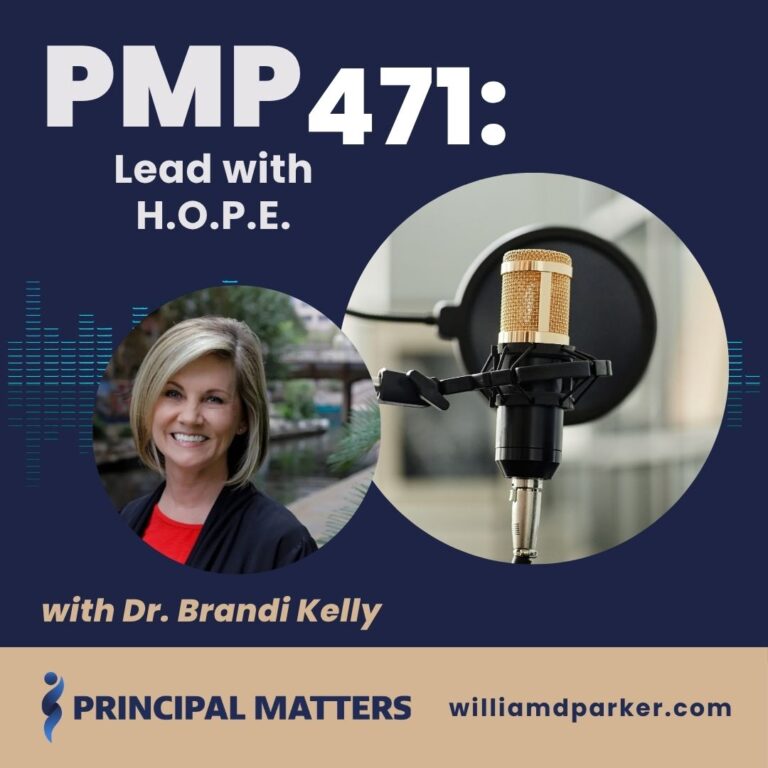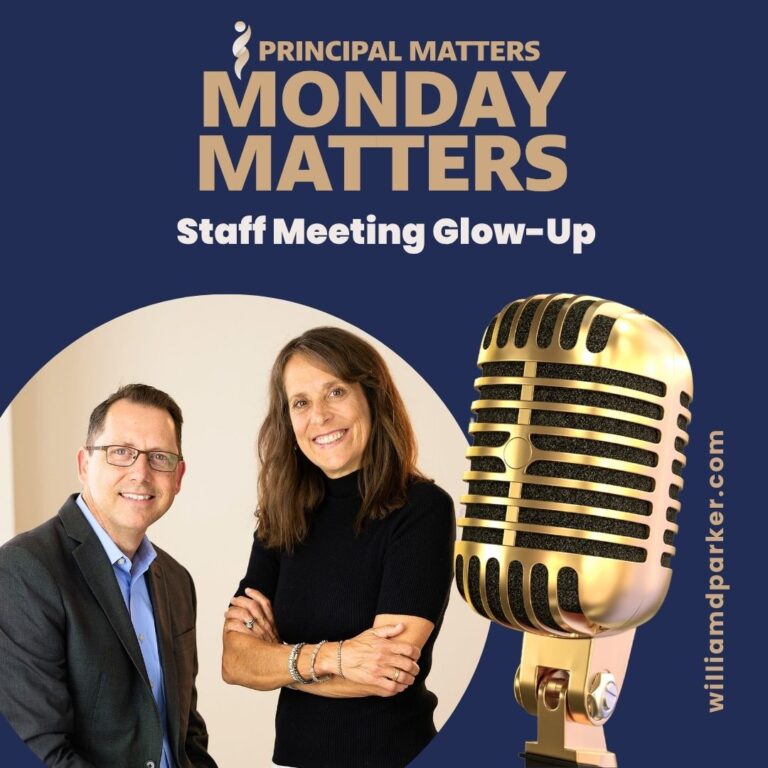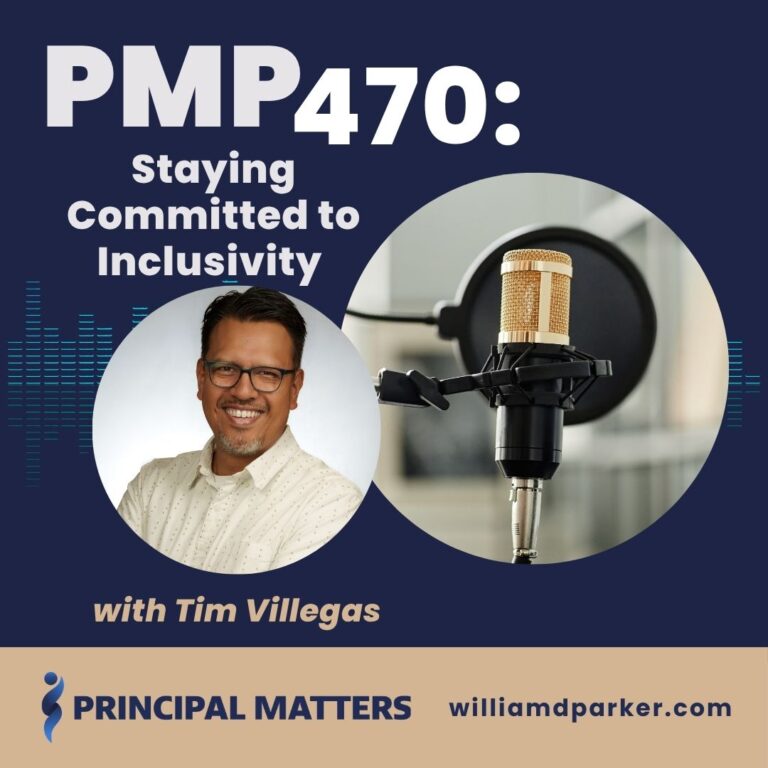Podcast: Play in new window | Download
I’ve been thinking about some of the tensions leaders feel when trying to guide improvement among students and teachers.
In a recent interview with David Yeager, author of 10 to 25: The Science of Motivating Young People: A Groundbreaking Approach to Leading the Next Generation―And Making Your Own Life Easier, we discussed how good classroom teachers know that their own expectations of student learning significantly impact the ability of students to learn.
Hattie’s research, as well as other studies in psychology, have shown that ‘teacher expectations’ — the belief that all students have the capacity to learn — change the way we approach students. The more we believe in their abilities, the higher standards we hold for their learning, and the more they achieve as a result (Yeager, 10-25, Chapter 12).
If this is true, and it is, then how do we approach teachers or students who seem stuck in their ways or uninterested in growth or change?
Two works stand out to mind that seem to contradict each other, but I believe are two sides of the same coin:
Anthony Muhammad’s Transforming School Culture and Todd Whitaker’s What Great Principals Do Differently.
In Muhammad’s work, he studies school culture as it is influenced by types of educators he describes as believers, tweeners, survivors, and fundamentalists. The key to a strong culture is often determined by which types of educators have the most predominant voices in their school communities. The more believers, the healthier the culture. The more fundamentalists, the more toxic. Muhummad’s solution among many? Leaders must be willing to engage in crucial conversations with people who need improvement.
In Whitaker’s work, he studies the outcomes of highly effective leaders and notices these leaders tend to frame their communication based on feedback needed for their highest performing teachers, or “super-star” educators. When leaders communicate feedback with these high performers in mind, they tend to elevate the experience of everyone else.
For instance, if you notice teachers not showing up for an assigned duty, you could make an announcement scolding teachers and reminding them to be present for supervision. Whitaker would say that this is unhelpful. Announcements should praise the good work of high performers. For instance, you might say, “Thank you teachers for being on duty today for drop-off and pick-up. When you’re present, our school is safer, and parents appreciate seeing you make safety a number priority as well.”
Whitaker and Muhammad are not disagreeing. Instead, they are showing two sides of the same coin. On the one side, you must have crucial conversations with someone when they are poisoning the culture or negatively affecting student achievement. On the other hand, those crucial conversations are best reserved for one-on-one conversations when possible. Messaging to the community as a whole should be done in a way that lifts up everyone in the process.
Here are a few rules of thumb to keep in mind as you discern when to apply pressure and when to praise:
Regularly look for and praise good behavior.
Great classroom teachers know it is best to direct with a positive statement vs a negative one. Great leaders are no different.
For instance, when students are becoming talkative, say, “I would appreciate everyone listening. In fact, if you hear my voice, clap once. If you hear my voice, clap twice.”
This is much more effective than saying, “Students, please stop talking.”
The same methods work in teaching adults – whether in a room of 10 or 100.
When you observe behavior that is intolerable or hurting others, you must intervene.
Do so one-on-one when possible. When not possible, be direct and then switch your focus back to the positive.
We should assume the best intentions of others, and if someone is behaving in a way that is a distraction from the mission and vision of learning, it is appropriate to call them out. If possible, this should be done in a way that is specific, clear, and invites a solution.
For instance, if someone is getting off-topic and pulling others into a negative path during a lesson or meeting, you might say, “I know we could go down this rabbit hole together, but I’d like to place that conversation on hold and let’s come back to the topic at hand.” Then ask a question that leads people back to the topic at hand.
Set norms for conversations and learning and revisit them when necessary.
By inviting students and teachers to set norms for learning together, you often address negative behaviors in a positive way. For instance, if a team commits to “engagement” as a norm then you can remind them that distractions like phones or checking email will probably keep them from being fully engaged. “Let’s remember to stay fully engaged in this conversation. If something distracts you, try to manage it with as little disruption as possible, and then please pull your attention back to the moment we are in.”
Notice in all these examples crucial conversations and positive ‘superstar’ phrasing can happen at the same time.
Let’s Wrap This Up
I see the two sides of this as a Venn diagram. When you draw those circles together, the circle in the middle becomes the sweet spot.
Now It’s Your Turn
Listen in as Jen Schwanke and I discuss these thoughts with her amazing feedback.
How do you decide when to have a crucial conversation vs praising performance?
Thank you again for doing what matters!




